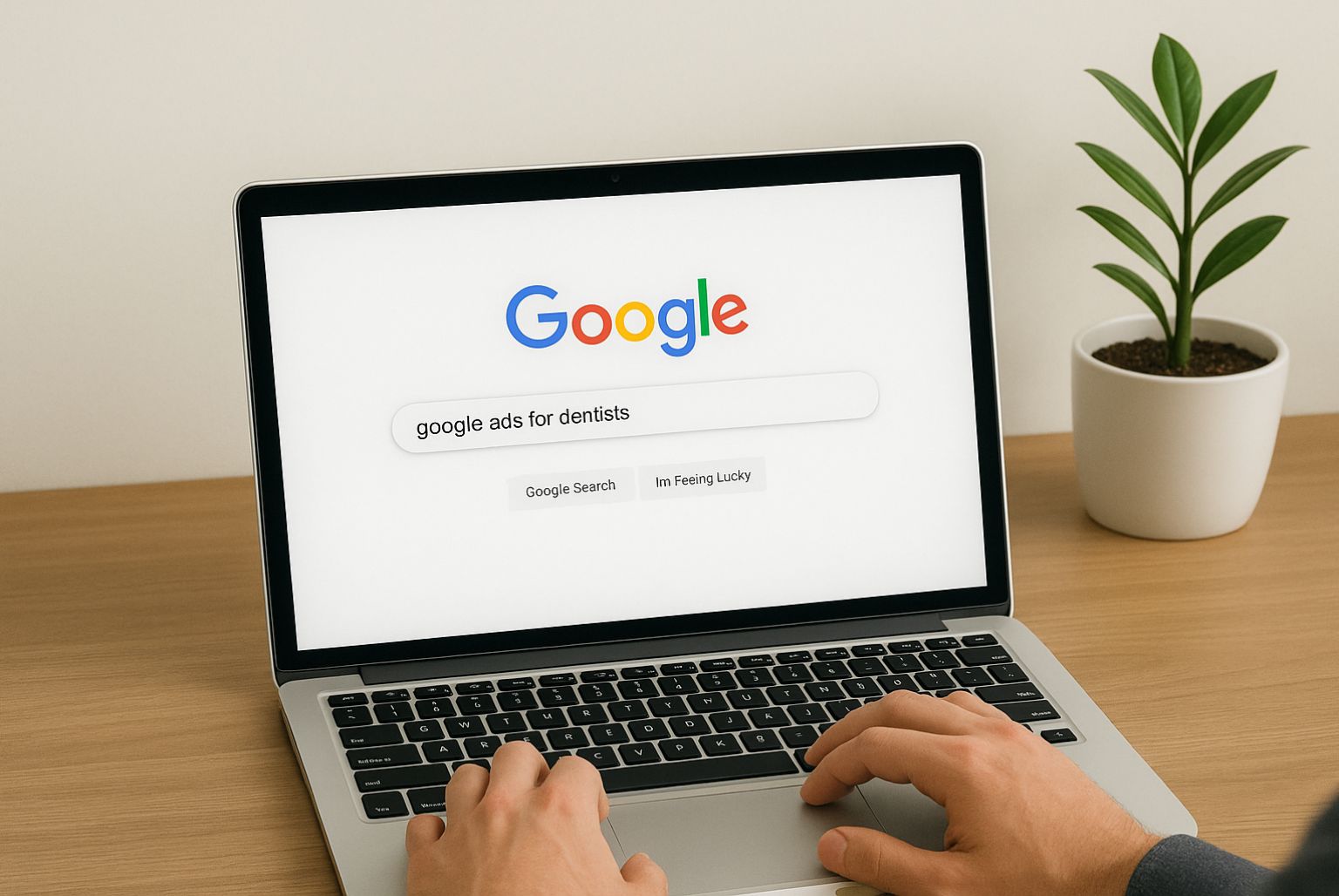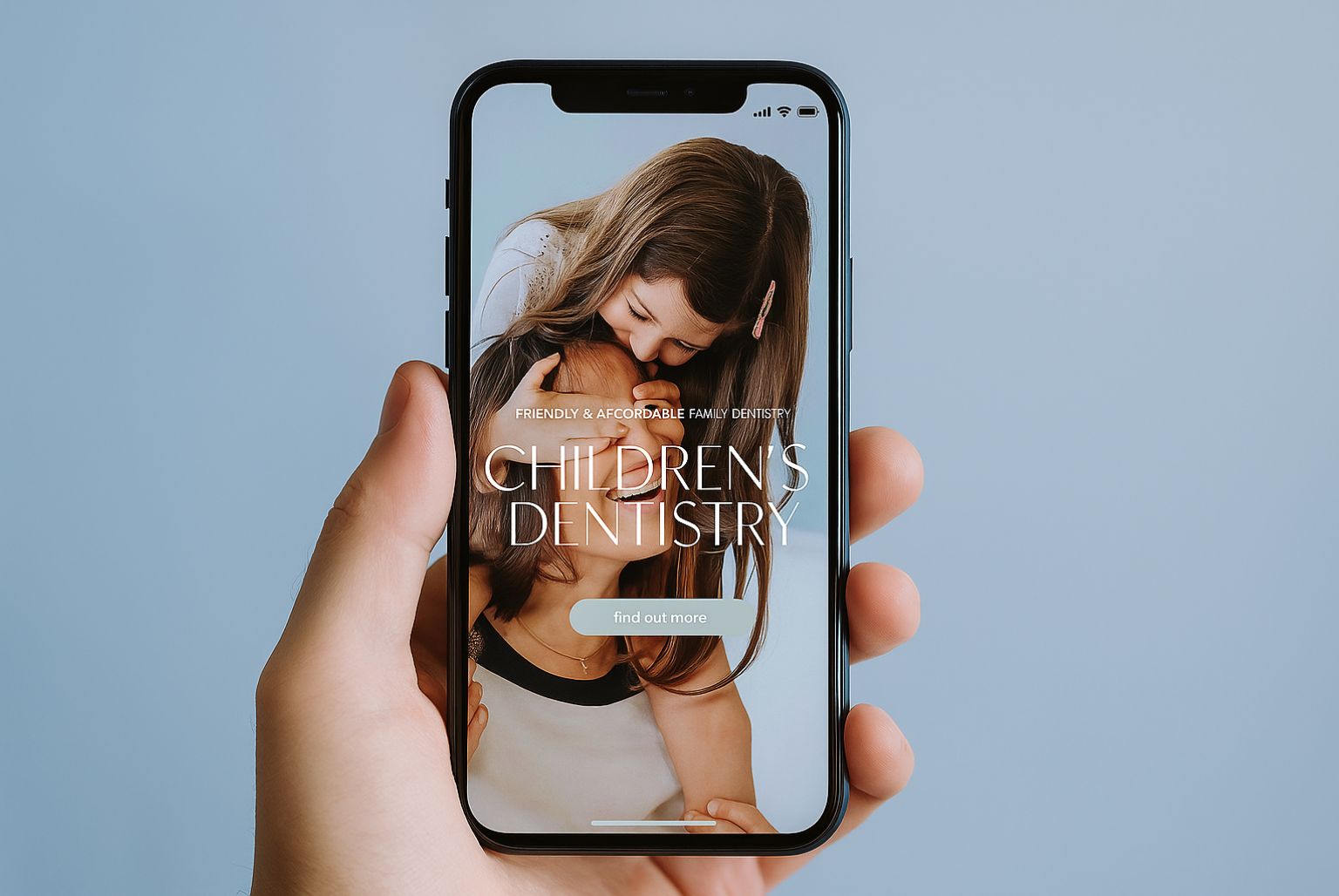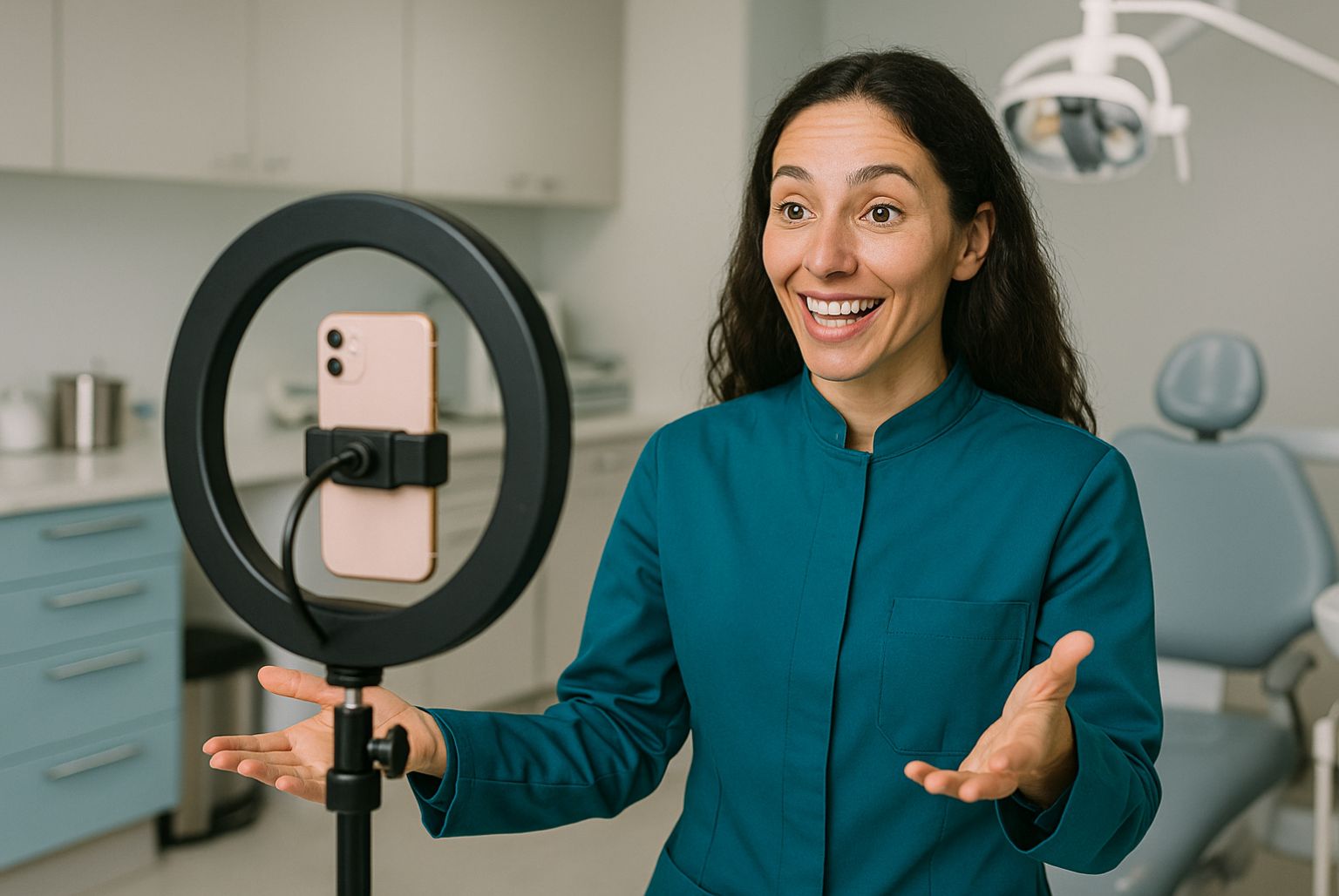Cosmetic Digital’s Director, Adam Hampson, explains why having a unique, well designed website will attract more customers to your clinic than achieving the top spot on Google.
In an increasingly competitive marketplace, clinics and single practitioners are often persuaded to compromise the impact of their online presence by focusing on securing the Google top slot alone. In the quest for the coveted number one placement on the first page of Google, the trade off may be the integrity of their brand, doing their business more harm than good in the long-term.
Generic
Even a cursory glance at the current Google landscape shows a marketplace saturated with large corporate groups and websites that share a generic treatment directory look and feel. Industry websites often seem large and impersonal with patients not knowing who to trust when they all look the same. How can clinics stand out?
In this tough economic climate, when many companies have cut their marketing spend or, worse still, are spending a lot of money with the wrong design agency, an increasing number are falling back on template designs and overused stock photography as affordable solutions. Unfortunately, template websites look like templates and patients can see straight through them no amount of search engine optimisation (SEO) can make them feel genuine.
Many websites in the industry feature generic before and after treatment pictures. Potential patients searching for the right clinic will quickly come to realise that the pictures do not necessarily reflect the standard of work carried out by the clinic in question.
The same is true of stock photographs which use the same models time and again. These images, which do not come across as genuine, engaging or different from the many other websites that feature them, serve to undermine the integrity of the brand. If they must be used, then it should be done carefully.
When creating websites, we talk about the ‘wow factor’ the five seconds a company has to show via its website that it can meet the expectations of a potential customer and is different from its competitors. Using the same pictures and template design wastes that valuable opportunity. Genuine patient before and after shots, as well as professionally-taken images of your surgery and other facilities, can go a long way towards showing that your brand is trustworthy and honest.
Brand experience
The current emphasis on securing the Google top spot means that many businesses have lost sight of what their website needs to achieve. Ultimately, websites should be a tool to build your brand and drive enquiries to your business. They should create positive expectations but leave potential clients wanting to find out more.
A staggering number of websites compromise the brand experience and lose the five-second wow factor by featuring too many links, repetitive copy written for search engines and not people, adverts and images. By cluttering the design, they devalue the brand and leave patients feeling confused and frustrated.
There is also a temptation to provide too much information. Potential patients typically come online to educate themselves but they may take the factual information you provide and then go to an established presence in the industry or a company that gives them a better feel for its brand. Successful websites are those that communicate information in a well thought out way but aren’t afraid to hold something back.
Of course, appearing amongst the listings at the top of page one of Google is important. People are less likely than ever to click on page two and beyond of the search results. However, being number one on Google doesn’t necessarily mean your business will attract the most effective enquiries. Many marketing agencies promise the top placement on Google for their customers but, in such a competitive marketplace, how can they guarantee they will achieve this? The answer is that they can’t.
An experienced marketing agency knows that it is better to be in position three of the organic Google search results and have enquirers click through to a beautiful and well laid out online experience than it is to appear at number one and have a poorly presented website that looks the same as everyone else’s and is instantly forgotten.
Instead of focusing solely on Google’s pole position, making several appearances on page one can reinforce a patient’s positive assessment of your brand. A carefully formulated pay-per-click campaign through Google Ad Words can effectively increase your presence, ensuring that your business appears on the left and right columns of page one. By appearing more than once, you can create a sense that you are an established practitioner without compromising the brand experience.
Raising expectations
Creating a unique brand that reflects your clinic’s strengths, values and key messages goes a long way towards attracting and retaining customers. Patients share a common desire to find a brand that creates positive expectations linking into their feelings, experiences, attitudes and beliefs and manages to deliver these expectations through its products and services.
Where single practitioners and small clinics are often strongest is in their ability to offer a personalised approach. It’s important to think about your unique selling points or those of your clinic and why they are important.
James Willis Faces (www.jameswillisfaces.co.uk) makes an interesting case study in this context. Dr Willis has fifteen years experience in facial aesthetics and is also registered with Government-approved IHAS Register of Injectable Cosmetic Providers. As well as treating in five clinics, he offers some treatments in the comfort of his own home. By focusing on the latter and emphasising the patient experience as his unique selling point, Dr Willis has tripled his business.
Personality
There is a significant gap in the market for single practitioners and small clinics to compete with the large players. The most important thing is to use your website to convey as much personality as possible. Don’t be afraid to be creative, the most successful brands are those that come first to mind because of their personality and creativity rather than being the largest or loudest.
Aesthetic Virtue (www.aesthetic-virtue.co.uk) is a good example of a single practitioner who has created an attractive, inviting website packed full of personality. By focusing on the patient experience, Aesthetic Virtue took the coveted number one slot on Google for each of its key search terms within three weeks of going live, ranking higher than the big players.
It is unrealistic though to think that any company can be top of page one of Google for everything they do. Instead, clinics and single practitioners should identify their most profitable, sought after and searched-for services and focus on promoting these online.
It can be particularly effective to back up any competitive areas with pay-per-click advertising. Price orientated ads for example, a price-led offer to stand out amongst generic sale adverts usually generate the most leads but should always take visitors to a dedicated landing page rather than your websites home page. This landing page should be specific to your campaign to enable you to effectively manage these enquiries and capture useful data.
It’s also important to get your key terms right. Too many businesses waste precious money by using general key terms in their pay-per-click campaigns rather than identifying specific key terms that will attract the target audience or trigger local enquiries.
Simple but effective tools, such as online software that changes your phone number, can have a hugely positive impact on your business. Ongoing SEO is ineffective if businesses are unable to quantify where the website traffic has come from and which campaign has led to the most conversions. By doing something as straightforward as using a different phone number for each campaign, you can gather invaluable data about how many enquiries were generated and how they were managed.
Clinics and practitioners can benefit from an active presence on popular social media sites but it is important to plan this presence carefully to avoid devaluing the brand. Small changes such as adjusting the privacy settings of your page, so that users can like you but not see other followers, can underline your commitment to patient confidentiality and help you avoid potential litigation issues.
Where social media works best for business is as a proactive tool for communicating items of patient value such as changes in legal practice, new products and services, referral programmes and forthcoming offers.
Valuing enquiries over egos
In an age driven by quantity, quality is sadly often overlooked. Too many companies concentrate on website hits and not on conversion rates, placing egos (we must be great because look at all the hits we got) over the value of enquiries.
It’s important to be competitive but for a business to be successful, it is better to have 100 hits and 50 enquiries than 1000 hits leading to 20 enquiries.
This can be achieved by creating a website designed for its target audience, generating relevant traffic and high conversion rates. In other words, potential patients who are compelled to pick up the phone and make an appointment.
Call the Cosmetic Digital team today 01159 140 640
Improve your business’ online appeal with our experience in web design.




